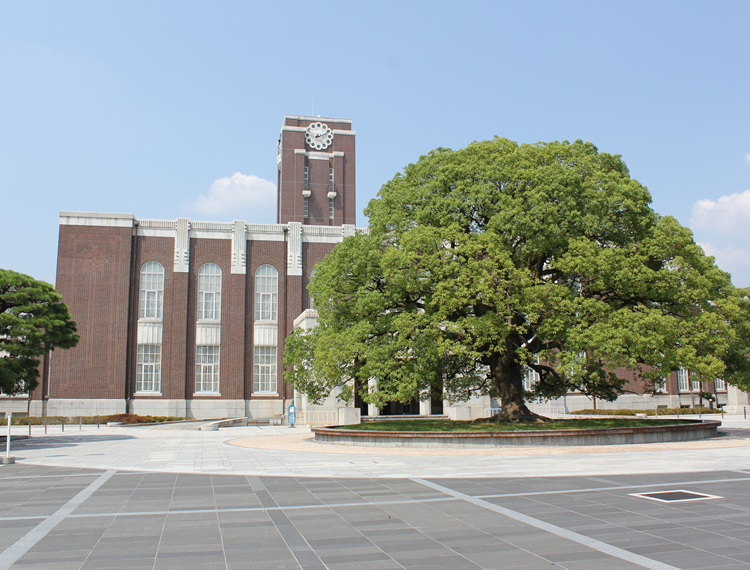Symposium No.: A5-101-011 (invited talk) 9:00-9:25
Title: Enclathration of simple and complex cations in phosphide thermoelectrics
Kirill Kovnir from University of California (Now he moved to the Iowa State University) presented the design and realization of new caged compounds of Phosphide Thermoelectrics. The chemical way to design these new phosphide materials, the synthesis as well as their thermoelectric properties and the approach aimed for enhanced electrical properties were introduced in detail. Kirill Kovnir and his collaborators started their research in caged compounds of Ba8M16P30 (M=Cu and Au), which possessed a low lattice thermal conductivity of about 0.5 Wm-1K-1 or lower, a value very good for high thermoelectric performance. Further on, they continued to explore other caged compounds, such as BaNi2P4, SrNi2P4, Ba-Zn-Cu-P and Ba-Ge-Cu-P based system. The chemical bonds and coordination of elements are discussed in detail for more insight on the variation in thermoelectric properties. A high thermoelectric figure of merit of about 0.8 was achieved in the best compounds due to the improved electrical properties from chemical doping.
Title: Thermoelectric properties of new As-based compounds of Ba1-xKxZn2As2
Kunihiro Kihou from AIST, Japan and collaborators attempted to synthesize Zintle phase compound of K doped BaZn2As2 and investigated the thermoelectric properties. BaZn2As2 is the analogue of famous Zintl compound of CaAl2Sb2. This K doped BaZn2As2 compounds were prepared by the AIST tube method, which is suitable for handling materials with high reactivity. With the K doping, the resistivity and the Seebeck decreased, while the lattice thermal conductivity remained the similar value. Finally, the thermoelectric figure of merit ZT was increased from 0.2 to 0.7. This enhancement is mainly resulted from the much enhanced electrical properties.
